The Audubon Observer, July 2021
|
|
||||
IT'S SUMMERTIME! TIME TO CLEAN YOUR BIRD FEEDERS
There are many hints and videos online to show you how to clean your bird feeder. They all involve washing it with soapy water and soaking the feeder in bleach OR vinegar. The Center for Disease Control (CDC) lists the following steps:
They also STRONGLY ADVISE that you do NOT wash or soak a bird feeder in your kitchen or anywhere that food is stored or prepared. Be careful. Some websites suggest using your dishwasher or kitchen sink, but the CDC does NOT recommend this, as germs and parasites may be transferred to your own food. Your feeder needs to be cleaned any time there is dirt or wet seed in it. During the rainy season, I would not put fresh seed on top of any wet seed. Wet seed gets moldy fast and can cause several different diseases in birds. This can also happen to seeds that fall to the ground. Remove seed on the ground every few days, before it has a chance to go bad (although doves and squirrels enjoy the seed on the ground, be sure it is fresh). Put all old seed in the trash as you do not want any wildlife to ingest it. If your feeder birds start showing signs of illness, remove your feeders completely, wash them as indicated above, and set them aside for at least two weeks.
If you are not willing to maintain your feeders, try something else. You can bring birds to your yard by having natural food sources available to them through the use of native plants. Audubon's Plants for Birds website has lots of information about the various native plants and what kinds of birds they attract. Please be kind to our birds and keep them healthy with healthy food and fresh water. ~ Carolyn Antman, Conservation Director for Duval County A STANDING (CYPRESS) OVATION FOR HUMMINGBIRDS
Standing cypress is a native biennial wildflower with bright red and yellow, ornate, tubular flowers that bloom downward on a thick spike. The first year, it produces a fern-like rosette and on the second, a flower spike. Although the standing cypress does have a two-year life cycle, through reseeding, it can remain in your garden for years. And it’s fairly easy even if your green thumb is still growing. Standing cypress also requires little water. However, when it does, it must be watered deeply, and the soil should be allowed to dry. It is sensitive to root rot if its soil doesn’t drain properly. It also thrives in both the full sun and minimally shaded areas. Now, the best part is that not only does it attract hummingbirds and butterflies, but the standing cypress is also deer and drought tolerant! Standing cypress is a great addition for your native pollinator garden, backyard and even rock gardens. It’s pretty accessible as well. You can find juvenile plants and seeds at your local plant and garden nurseries as well as online platforms like Etsy. With that, let’s get out there and give our nectar-loving, pollen-spreading feathered friends a standing (cypress) ovation. ~ Chris Conner, EDI and Volunteer Director BOOK REVIEW: A WORLD ON THE WING
Many of you have probably heard of Scott Weidensaul or read his previous books. Our chapter president Carol Bailey-White told me she even got to meet him once while attending an Audubon Hog Island Camp in Maine a couple of years ago! Weidensaul is a famous American ornithologist and naturalist who conducts research and conservation work all over the world. He started out working with raptors at the famous hawk watching sanctuary known as Hawk Mountain in Pennsylvania. One of the early milestones in his career was in 1992 when he was part of a team sent to eastern Mexico to document the recently discovered autumn raptor migration. They located a narrow choke point between the inland mountains and the Gulf of Mexico where some 4.5 million hawks, eagles, kites, falcons, and vultures pass through each autumn! They had daily counts of 40,000, 60,000, 80,000 with up to half-million or more raptors in one day! This is just one of the dozens of amazing stories about migratory birds that Weidensaul so eloquently writes about in this book. A World on the Wing is one of those books that quickly jumped past several other books I’ve been waiting to read. This book will take you on a journey around the world from the plight of shorebirds along the Yellow Sea in China to seabirds nesting on Gough Island in the south Atlantic Ocean. You’ll learn about many other important bird nesting, wintering and stopover sites around the globe! He does not sugarcoat the incredible challenges facing many migratory bird species today. Some of the stories can be heart wrenching, but there are also success stories that leave you with hope. One interesting story hit close to home for me in May. I had just attended the May field trip to Kingsley Plantation led by Jeff Graham. At one point during the walk we noticed a closed off dock with what looked like a radio antenna pointed toward the sky. Jeff mentioned that it was to track migratory birds. I wondered out loud that it would be cool if we could get access to the data to see what species might be passing through and when to look for them. Neither of us knew where to start or who to ask. Then literally that night or the next night while reading Weidensaul's book, I got to chapter on the Motus Wildlife Tracking System. This is a worldwide system of VHF radio receivers mounted on poles, towers, piers, etc. Scientists studying migratory birds and other wildlife are now able to trap and attach very tiny VHF radio transmitters to birds as small as hummingbirds and even insects such as monarch butterflies and dragonflies.
I could go on and on about the interesting people, places and stories presented in this book. If you are a birder, then it’s a must read. Even if you aren’t a birder it would be an interesting read just from the world travel and conservation awareness aspects of the book. Enjoy! ~ Pete Johnson, Crosby Sanctuary Director BOARD MEMBERS STAYING BUSY THIS SUMMER Even though our chapter is on summer break, our board members are not only planning activities for the upcoming 2021/2022 season, but also keeping busy with volunteer projects, birding challenges, enjoying new grandbabies, and more!
Board member Carolyn Antman welcomed a new granddaughter to her family in June and is happily helping her son and his wife with their expanded household. Congratulations, Carolyn! Chapter president Carol Bailey-White, along with members Jay Kauffman, Debi Briggs, Martha Fethe, Jessica Dyszel, Becky Cooksey, Debbie Cusick, Paul Grybb and others participated in the friendly June Challenge competition in their home counties in June to see how many different bird species they could spot during the month. What a fun way to discover great new birding spots right in our own neck of the woods!
And last, but definitely not least, board member Johnna Bellen will appear on WJXT's "River City Live" program on Thursday, July 2nd to talk about what to do if you find an injured bird. Thanks for representing our chapter, Johnna! UPCOMING ACTIVITIES Even though we're (mostly) on break this month, there are still some great community events and volunteer opportunities coming up in July:
Lots to do in our area this month - have a great summer! Duval Audubon Society, Inc.
|
||||
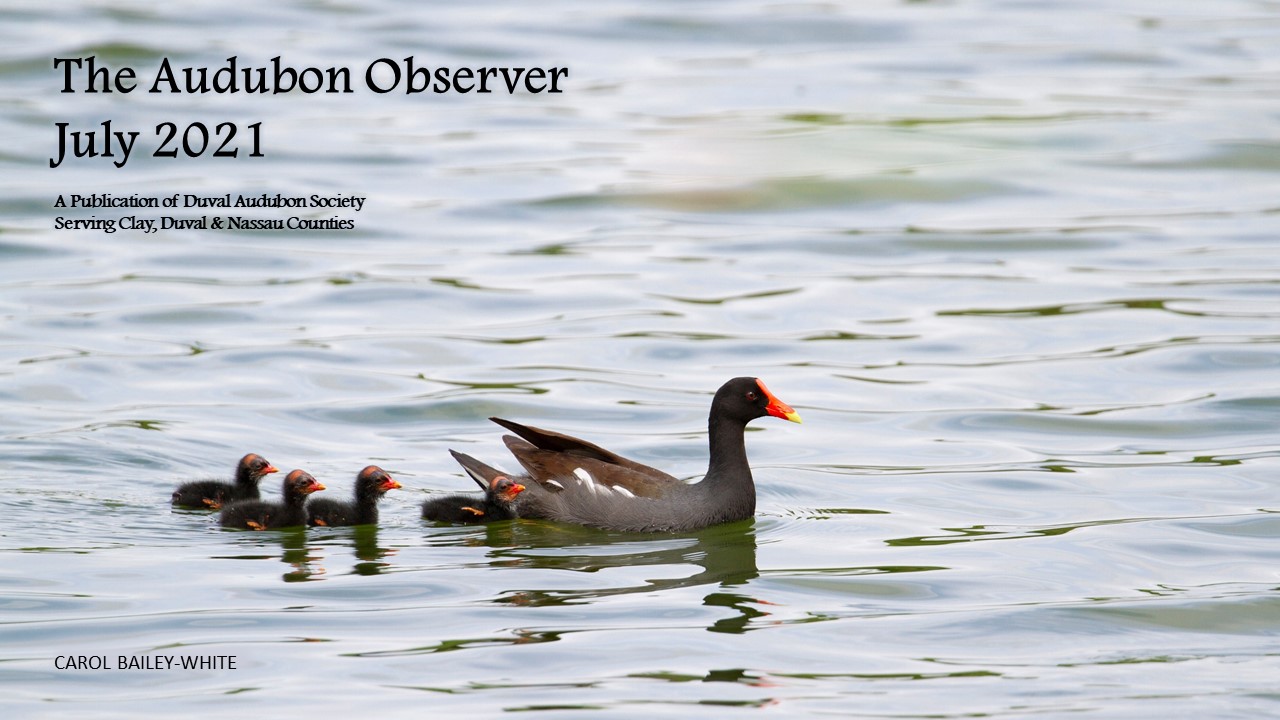
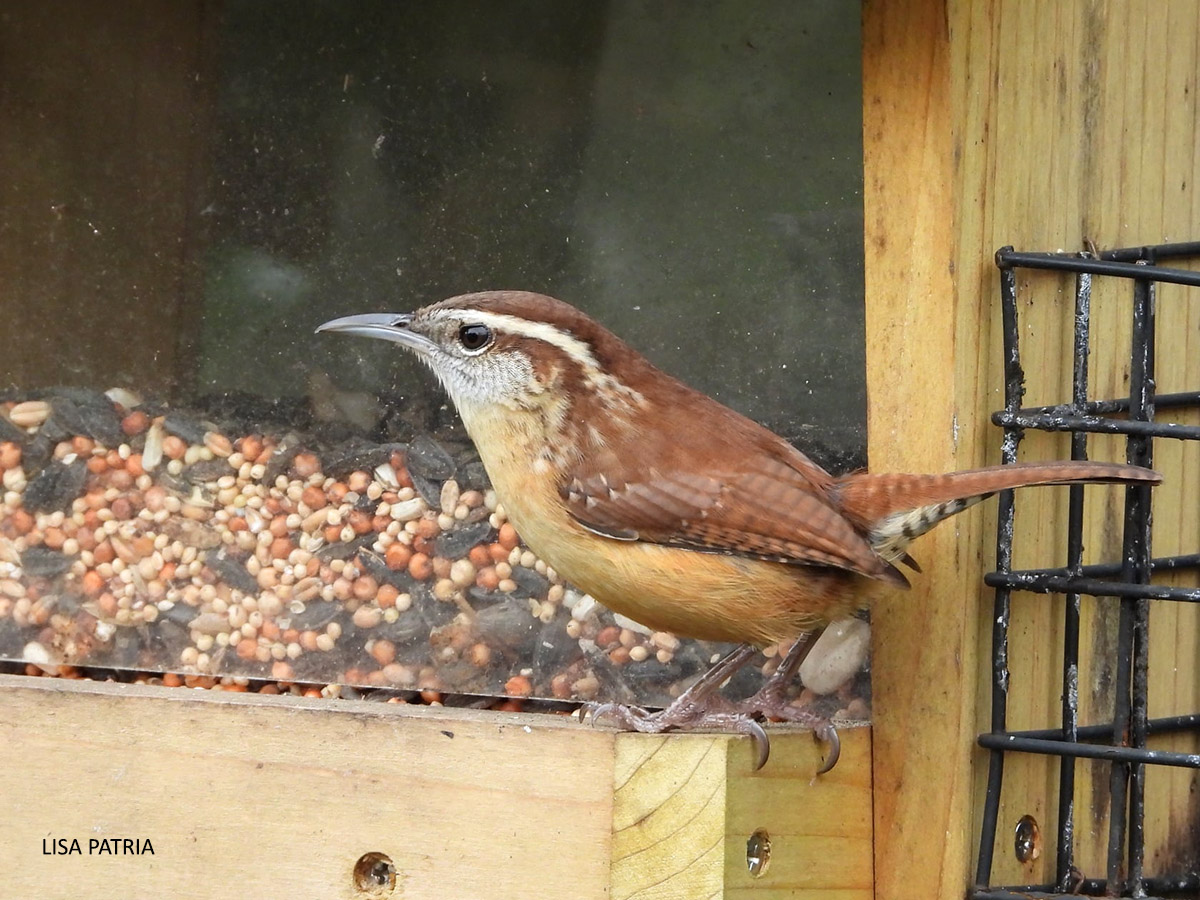 Now that the summer rains are upon us, it is especially important to remember to properly maintain your bird feeders. Dirty/moldy feeders and bird baths can transmit disease, particularly salmonella. Salmonella from birds can also be spread to people and pets as well as other birds. It’s not just salmonella, either. Just last month
Now that the summer rains are upon us, it is especially important to remember to properly maintain your bird feeders. Dirty/moldy feeders and bird baths can transmit disease, particularly salmonella. Salmonella from birds can also be spread to people and pets as well as other birds. It’s not just salmonella, either. Just last month 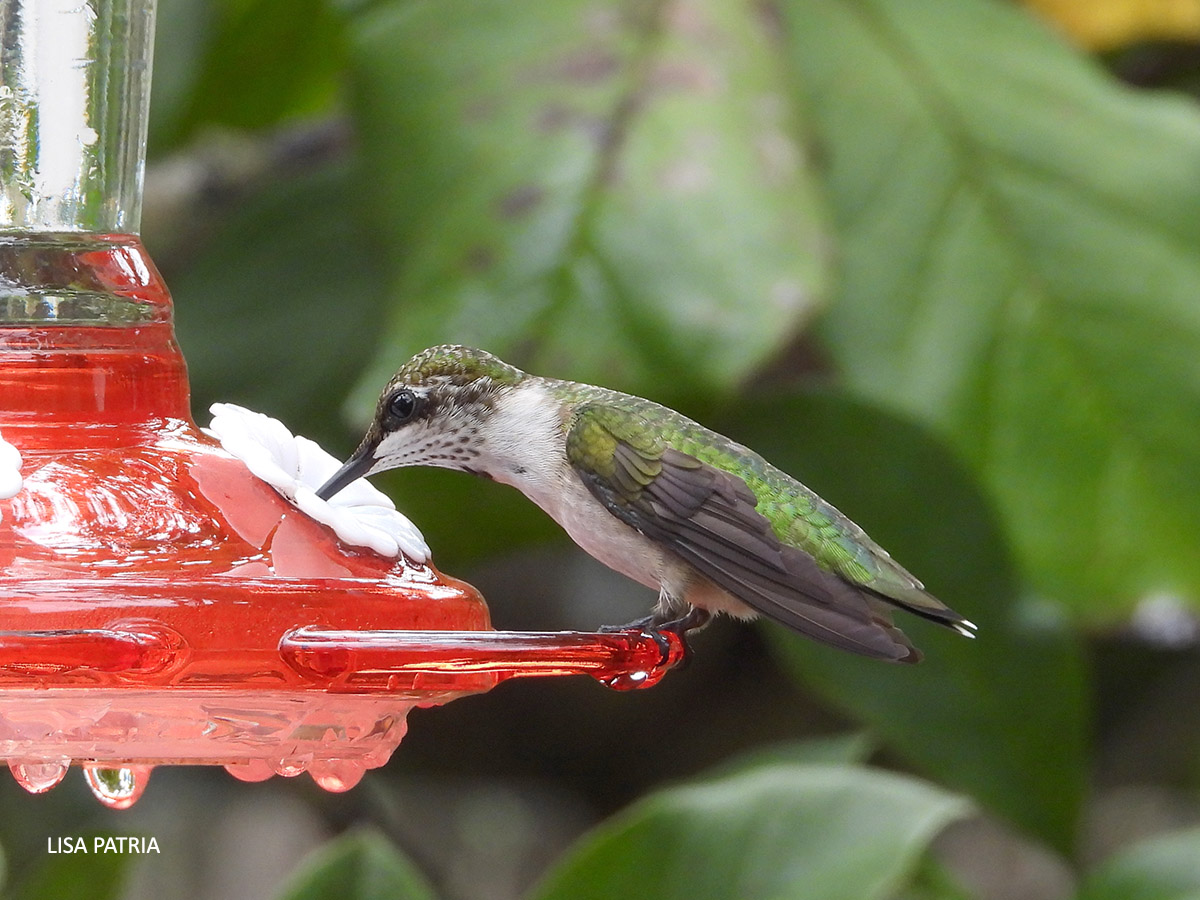 Hummingbird feeders and the sugar water in them are particularly susceptible to mold. Scrubbing and soaking in hot water and vinegar will keep them clean. Remember that spoiled sugar water can kill a hummingbird.
Hummingbird feeders and the sugar water in them are particularly susceptible to mold. Scrubbing and soaking in hot water and vinegar will keep them clean. Remember that spoiled sugar water can kill a hummingbird. Imagine, you just landed your dream job, aced that final exam, or delivered an award-winning performance. Family and friends rush to their feet and give you the warmest standing ovation to show their support and admiration and you simply feel great. Now, remember that feeling and let’s head to your backyard. We’re about to make some hummingbirds feel just as great with a standing ovation of their own. All we need is a dazzling red wildflower.
Imagine, you just landed your dream job, aced that final exam, or delivered an award-winning performance. Family and friends rush to their feet and give you the warmest standing ovation to show their support and admiration and you simply feel great. Now, remember that feeling and let’s head to your backyard. We’re about to make some hummingbirds feel just as great with a standing ovation of their own. All we need is a dazzling red wildflower.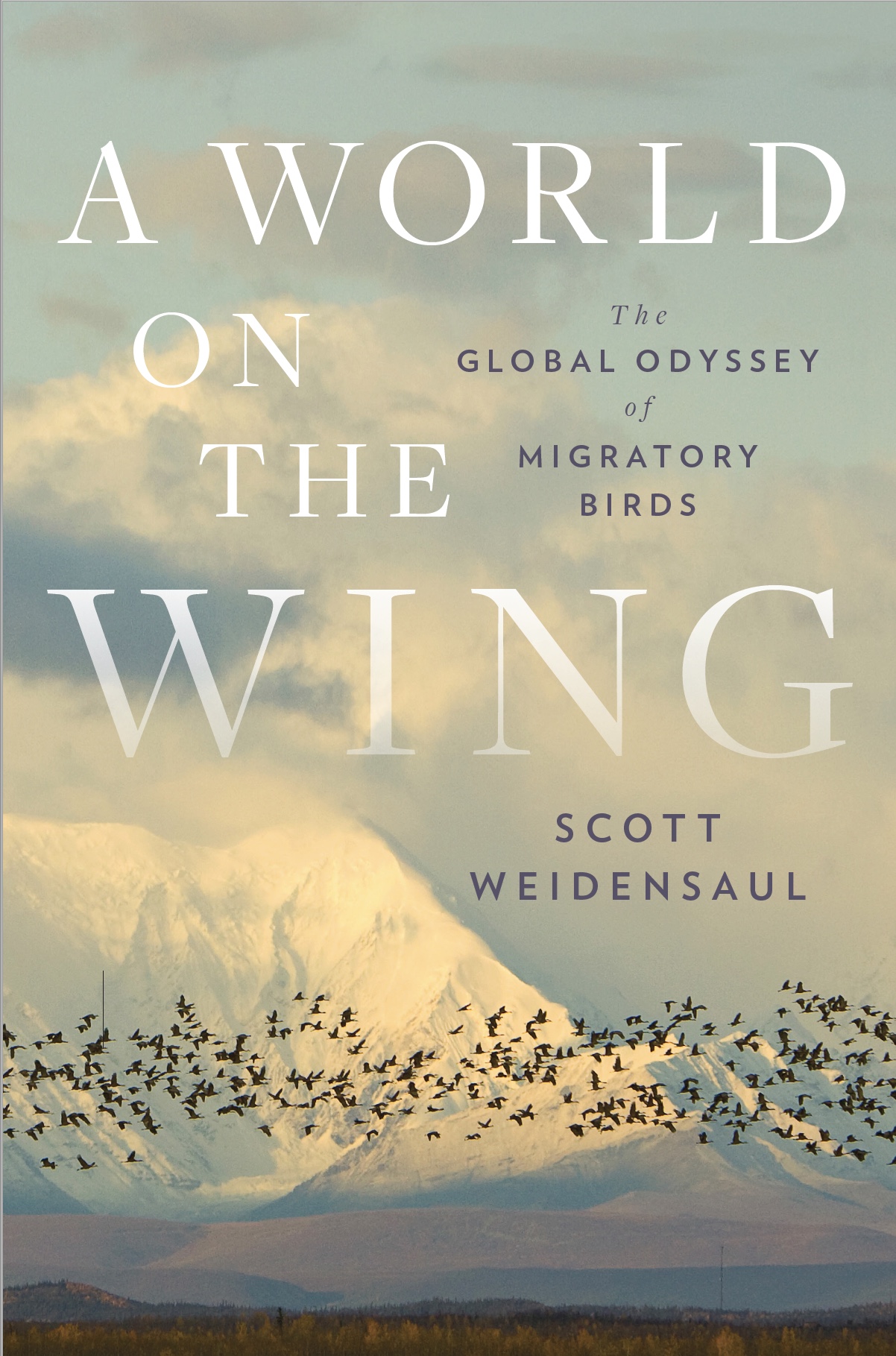
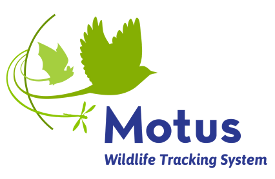
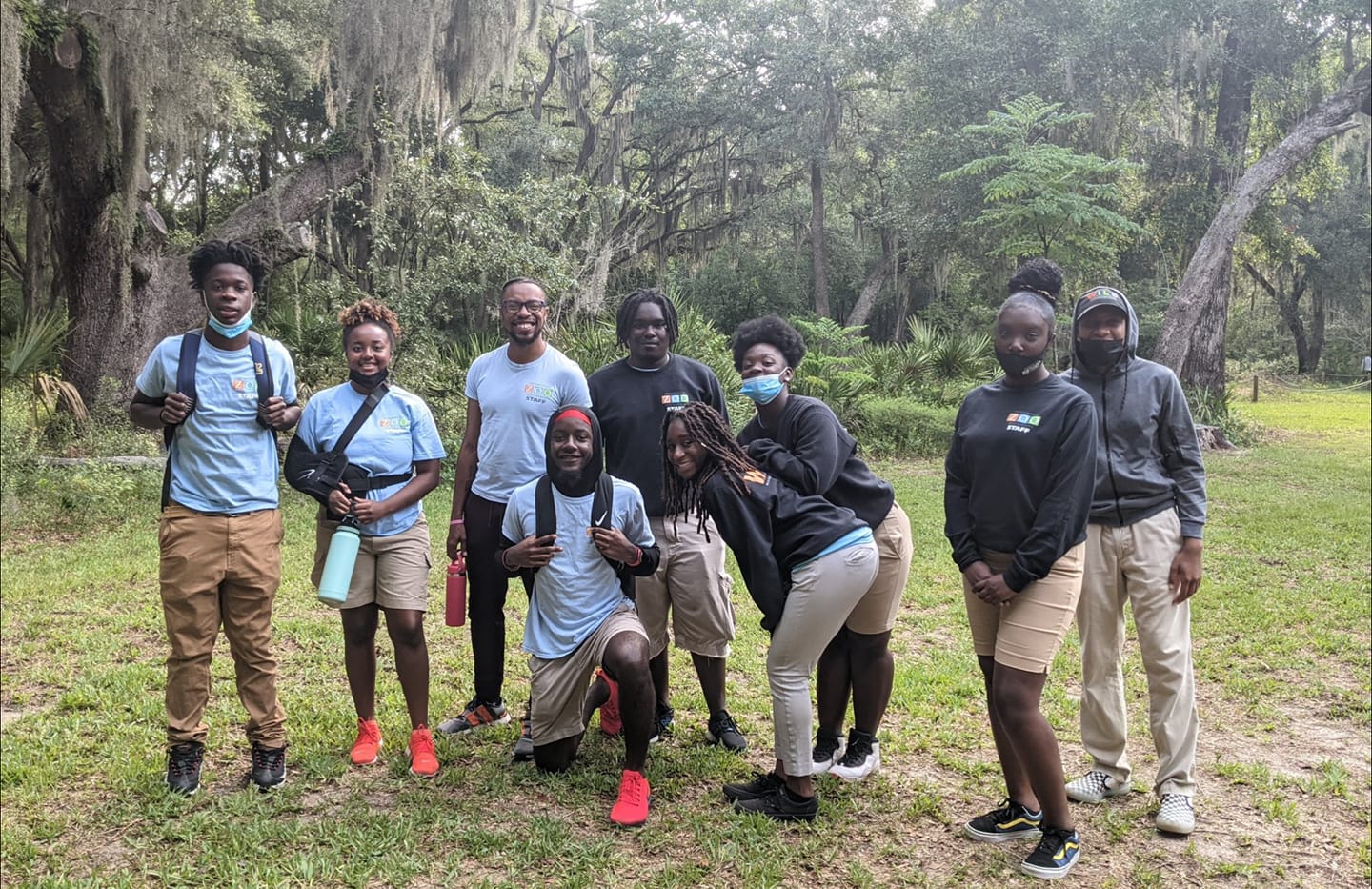 Board member
Board member 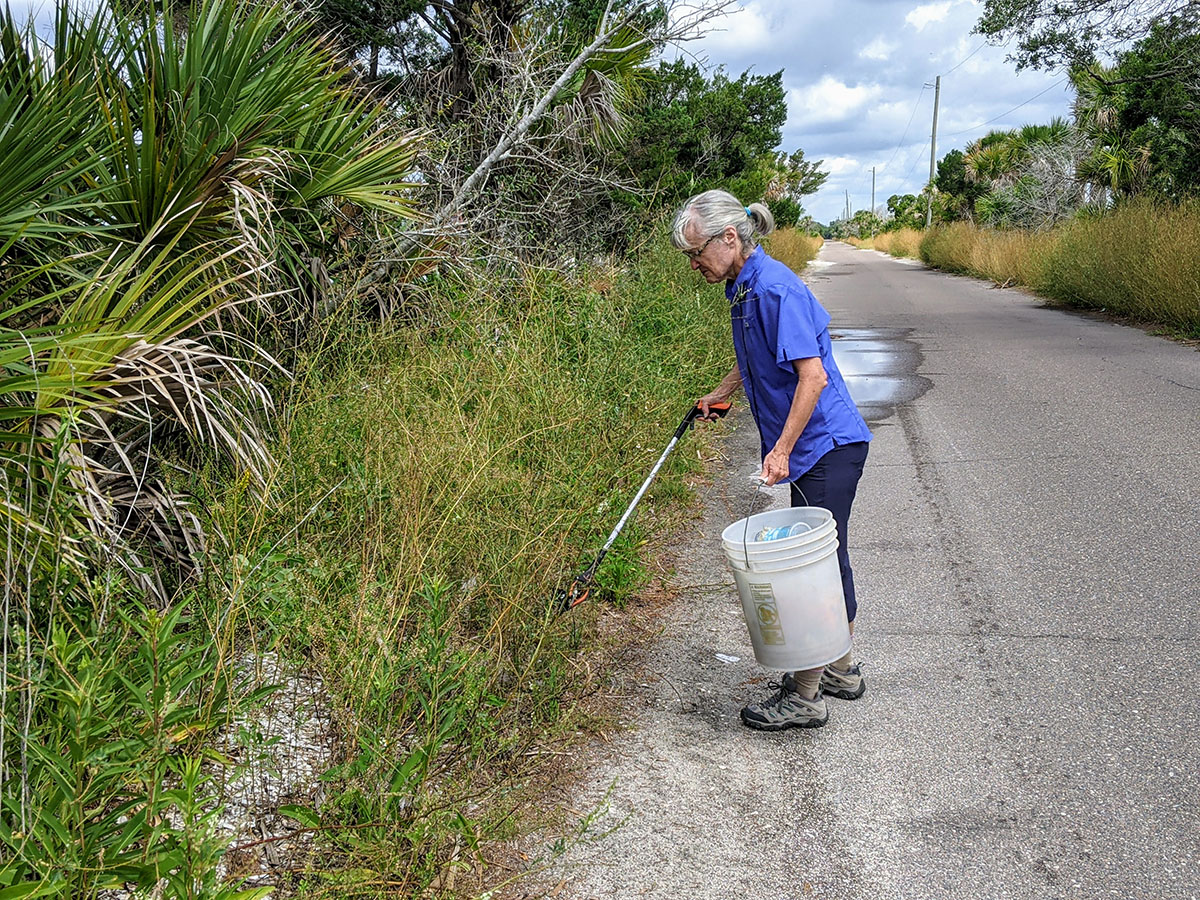 While birding along Heritage River Road (a spectacular spot for wading birds and shorebirds), Carol began an impromptu trash pickup at the site, which always needs sprucing up. Board member Helen Kehrt arrived to bird the same location and enthusiasically joined Carol for a thorough cleanup of just one particular area along that road. If you are ever in that area, please consider picking up some trash while you're there - there is a dumpster at the
While birding along Heritage River Road (a spectacular spot for wading birds and shorebirds), Carol began an impromptu trash pickup at the site, which always needs sprucing up. Board member Helen Kehrt arrived to bird the same location and enthusiasically joined Carol for a thorough cleanup of just one particular area along that road. If you are ever in that area, please consider picking up some trash while you're there - there is a dumpster at the